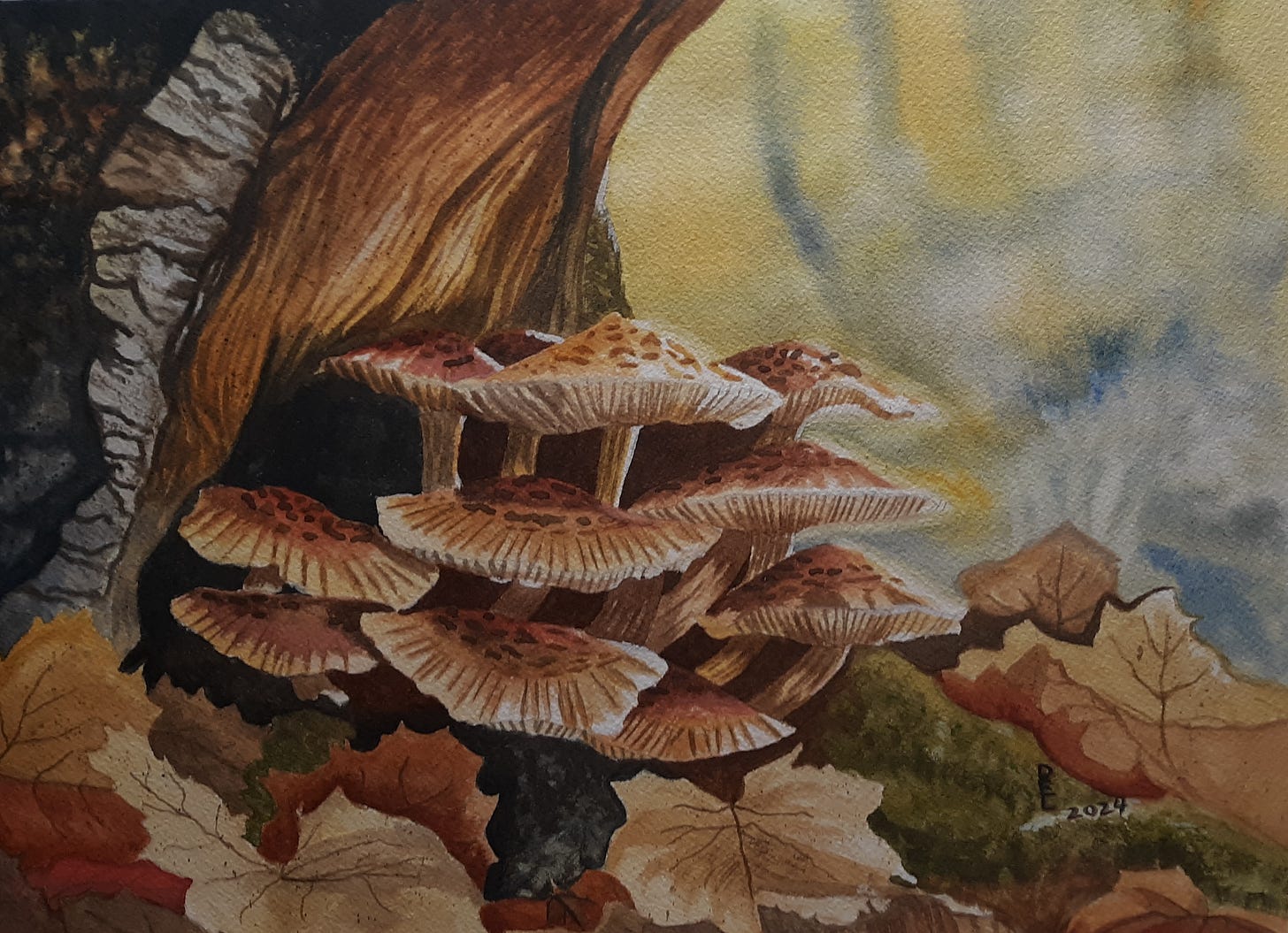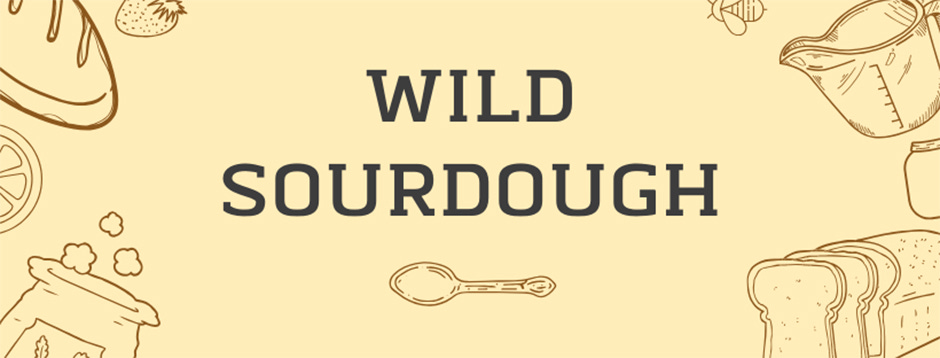Yeast that we bake bread with, as well as mushrooms, are members of the fungi classification. We know they are both edible, but what are yeast and why are they in our food? What does it mean for bakers? What is “wild yeast” and where do you find it? I hope to help answer all of those questions, and more, in my post today.
Here’s Everything You Need to Know About Yeast
Why Would Yeast Cause Digestive Issues?
Yeast is fed molasses (a sugar processing by-product) to enhance the activity in the yeast manufacturing process. What is Yeast and How is it Found? provided the connection that I hadn’t made before. Sugar made from beets and conventional cane sugar (not organic) have one thing in common…glyphosate. Sugar beets are GMOs and cane sugar is dessicated using RoundUp to “dry” the canes before harvest. Sugar cane plantations used to burn the canes to do this, now they use glyphosate. They use molasses to feed the yeast and the molasses is a by product of the sugar industry and the sugar industry uses glyphosate. Hmmm…could this be part of the intolerance many people find to yeasts in bread, beer and wine?
What about wild yeast? I decided to create my sourdough starter with mere flour and water and attract some wild yeast for a sourdough starter. I used freshly ground whole wheat and chose an organic, hard red, wheat variety and our well water (no chlorine and no fluoride) in a 1:1:1 ratio. If you’re not sure how to start a starter with wild yeast or just want to be a sourdough nerd like me, I encourage you to watch the video below. (Links to the Sourdough Project at North Carolina State University are below.)
How To Capture Wild Yeast for Bread (and WHY it works)
North Carolina State University - Wild Sourdough (referred to in the video above)
A Science of Sourdough Project
Capture wild microbes
and turn them into bread – for science!
Check it out…lots of great info and resources on the NC State University’s website you won’t want to miss. Get to Know Your Sourdough Yeast (profiles the different varieties of yeasts found in sourdoughs submitted for the project.)
SOURDOUGH GLOSSARY
You say po-ta-to and I say po-tat-o…understanding other baker’s, despite the usual language barrier, is made easier with baker’s terminology and baker’s math or the baker’s formula (I’ll be covering the later two in an upcoming post/video.)
I’ve heard sourdough starter called different names, sometimes starter, sometimes leaven, sometimes levain, and other times discard…what gives? When I first got started learning about baking sourdough, it was confusing. I was trying to learn so much and some of these terms just “muddied the waters” for my over stimulated brain. If you’re feeling this way you can come back to this later. I want to offer something in my posts for bakers that continue to challenge their knowledge base. It keeps it interesting, but if you’re ready…
Sourdough Starter and Leaven Explained | Are They The Same Thing?
For more experienced bakers
Yeasted Preferments Explained | Poolish, Biga, Sponge, Pâte Fermentée
I hope you find this information helpful to keep you excited about baking, especially with freshly milled flour and learning new sourdough techniques. My next post will continue on into sourdough territory.
Welcome to my kitchen where I share my “experiments” with sourdough starter. I invite you to join me as I learn more about this fascinating food we call yeast…specifically wild yeast in my sourdough starter.
TIP: DO NOT WASH STARTER IN SINK it will become cement in your plumbing and you will NOT be happy. Instead wipe as much off utensils, hands, jars, as possible with a paper towel and dispose of in the trash. Any remaining bits wash in a large container of water that can be dumped outside on your plants or down the toilet. I heard that septic systems actually like the yeastie boys.





